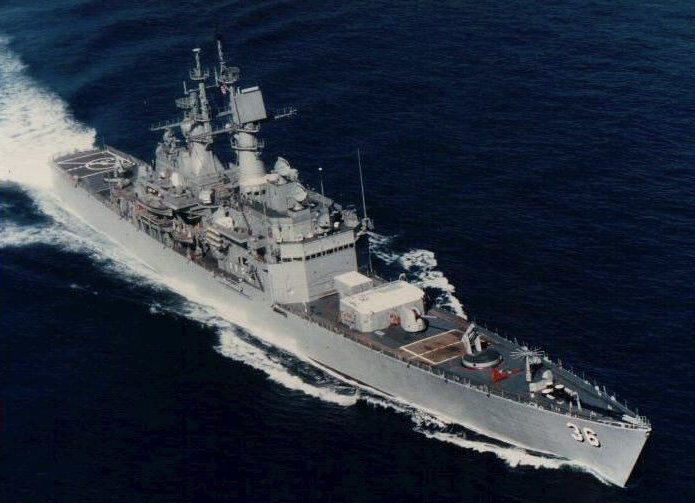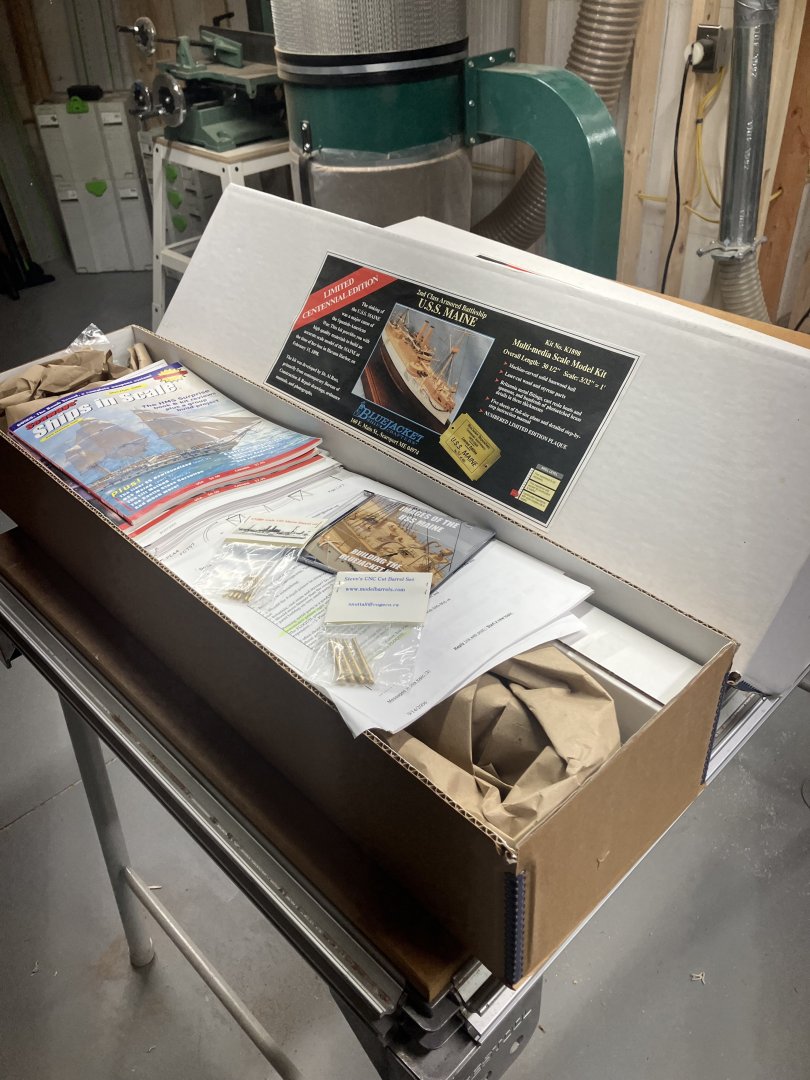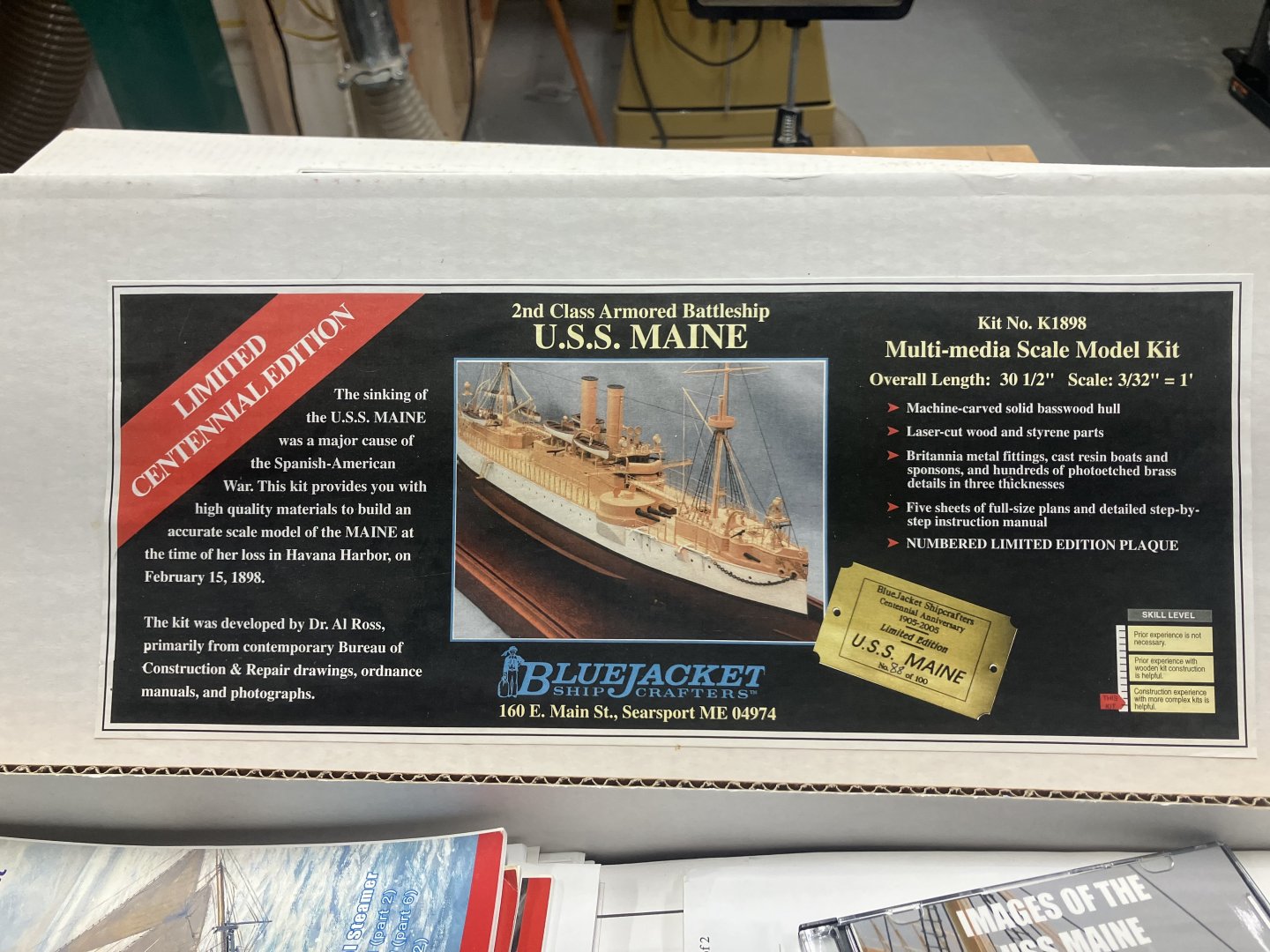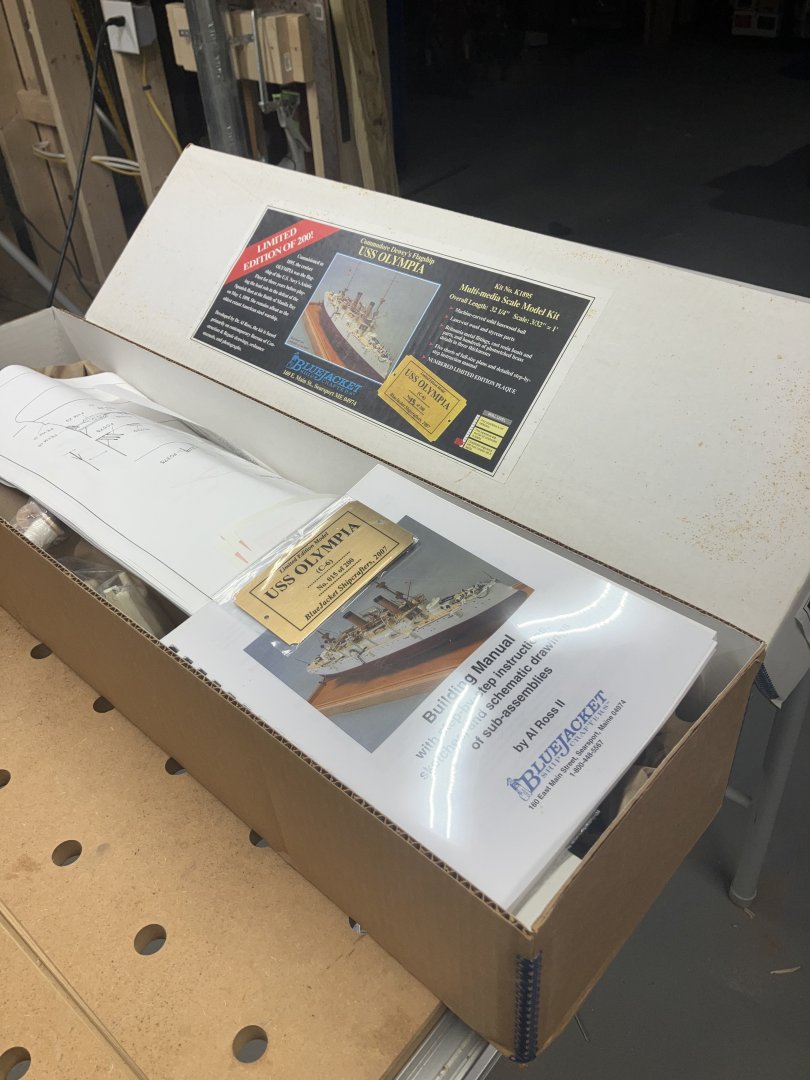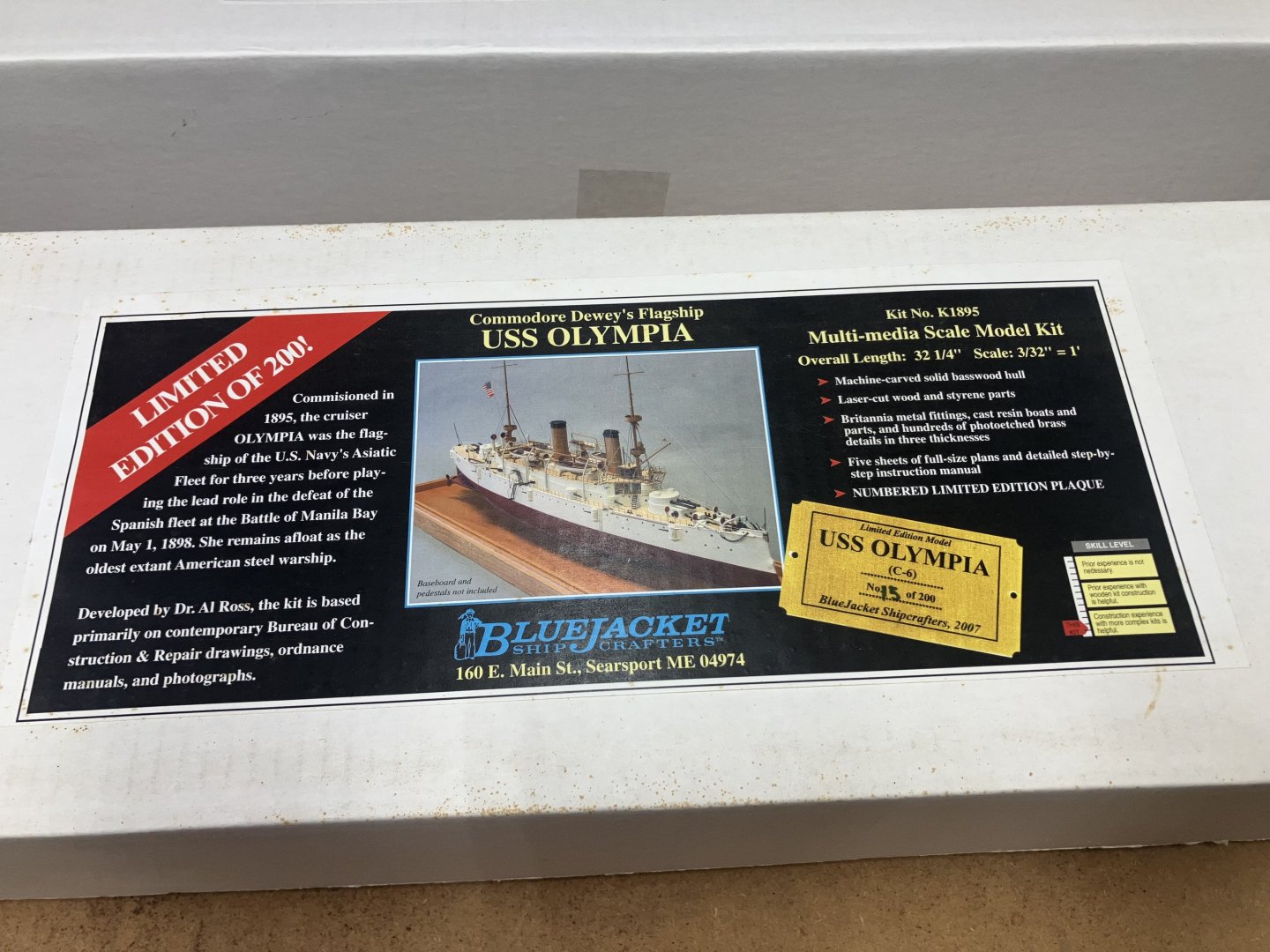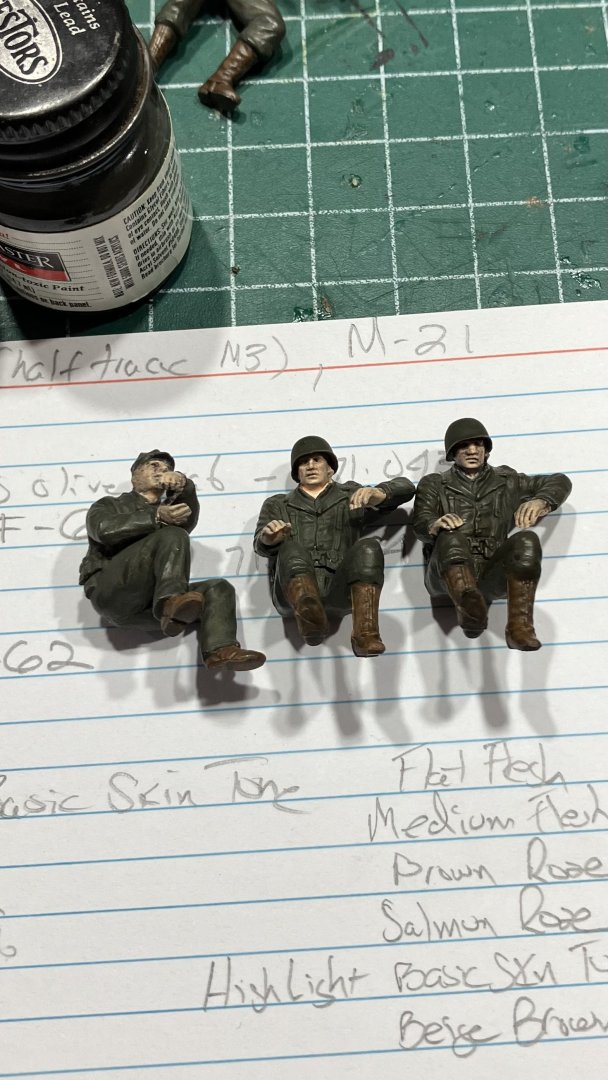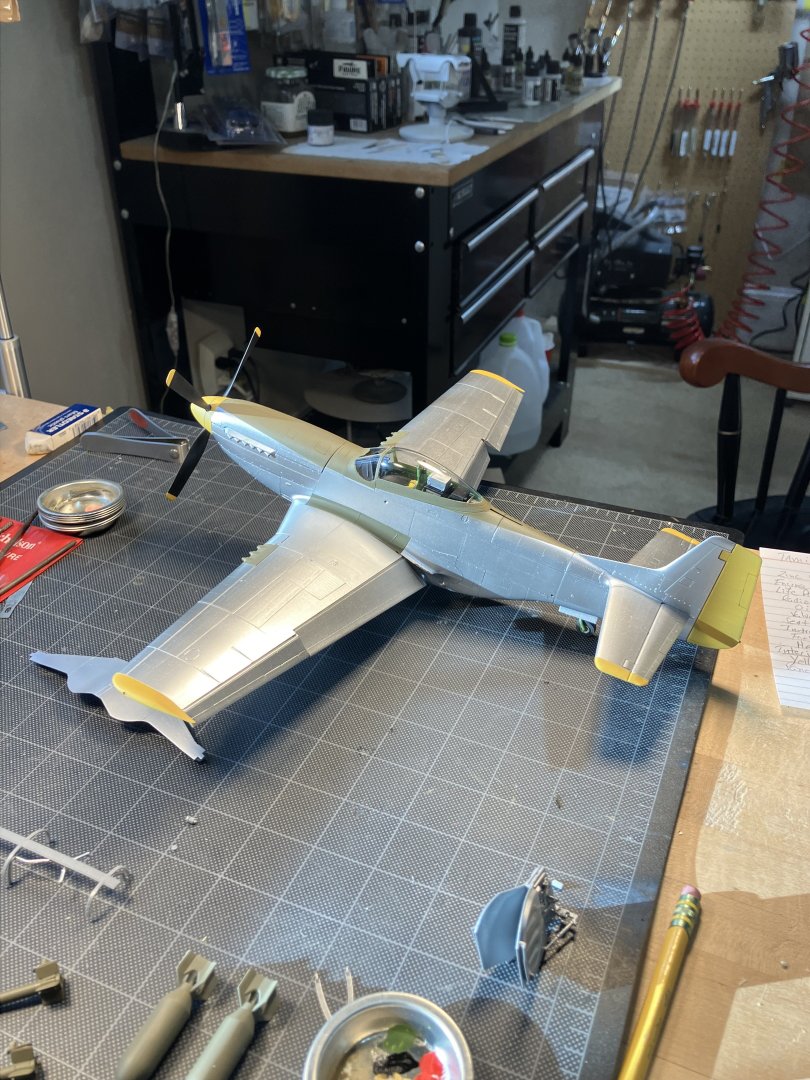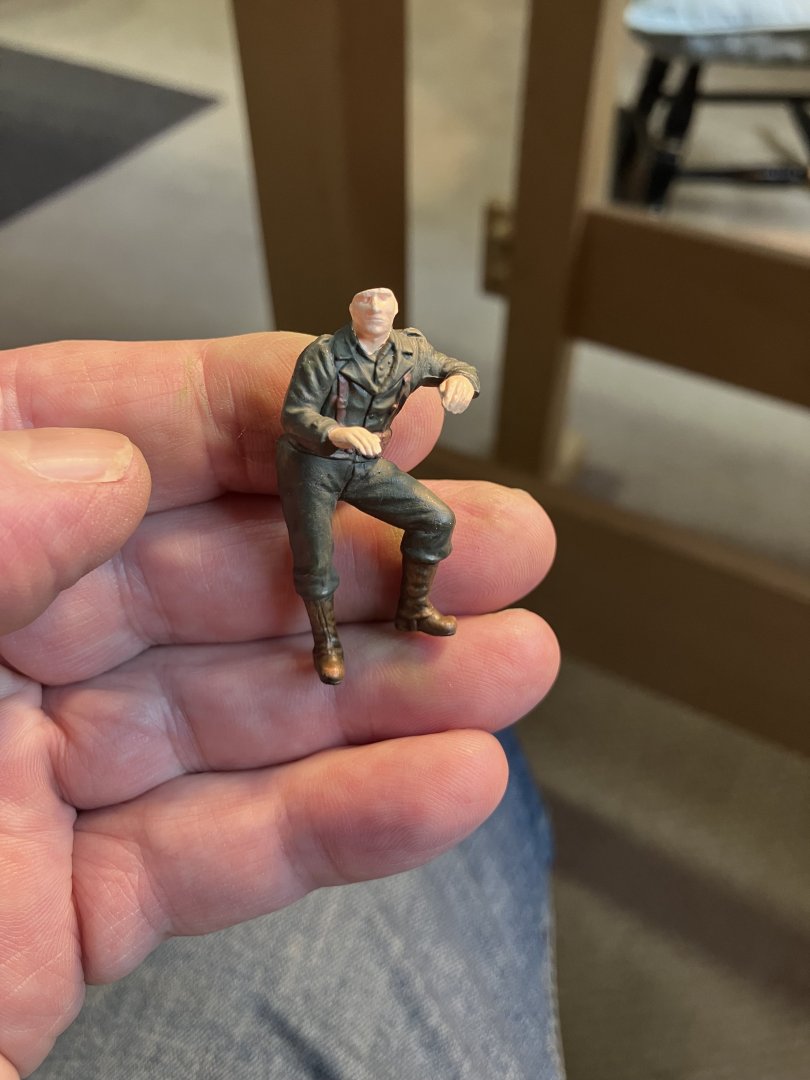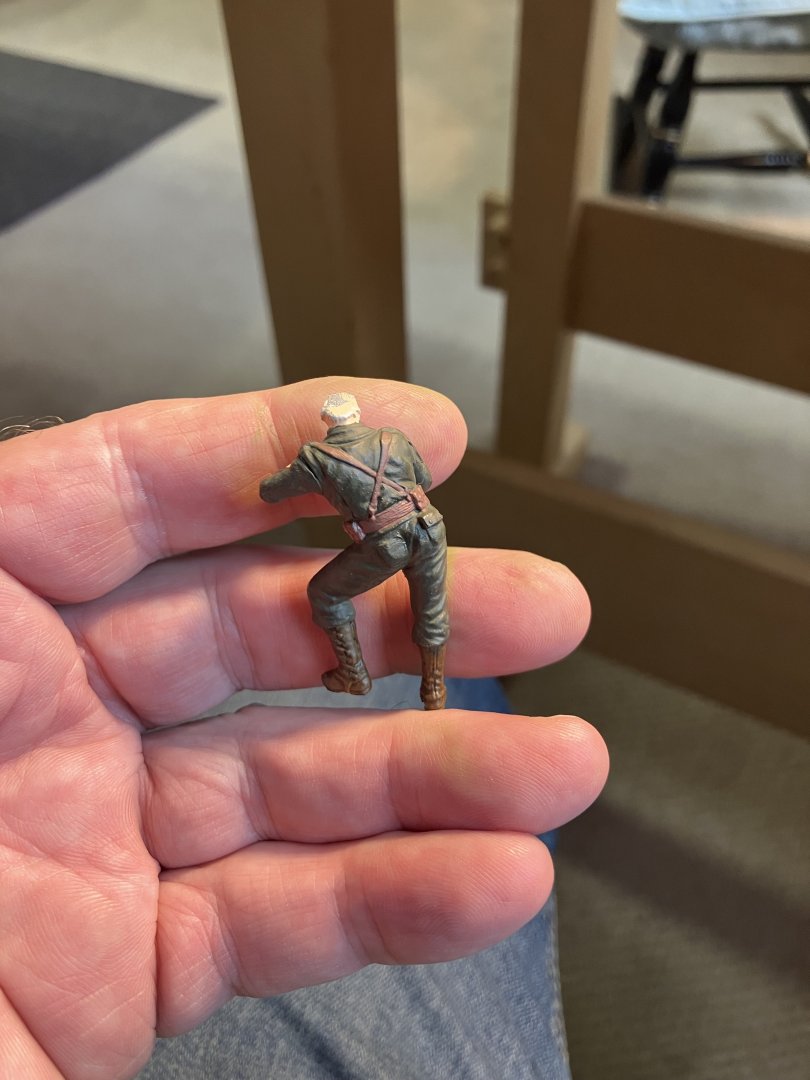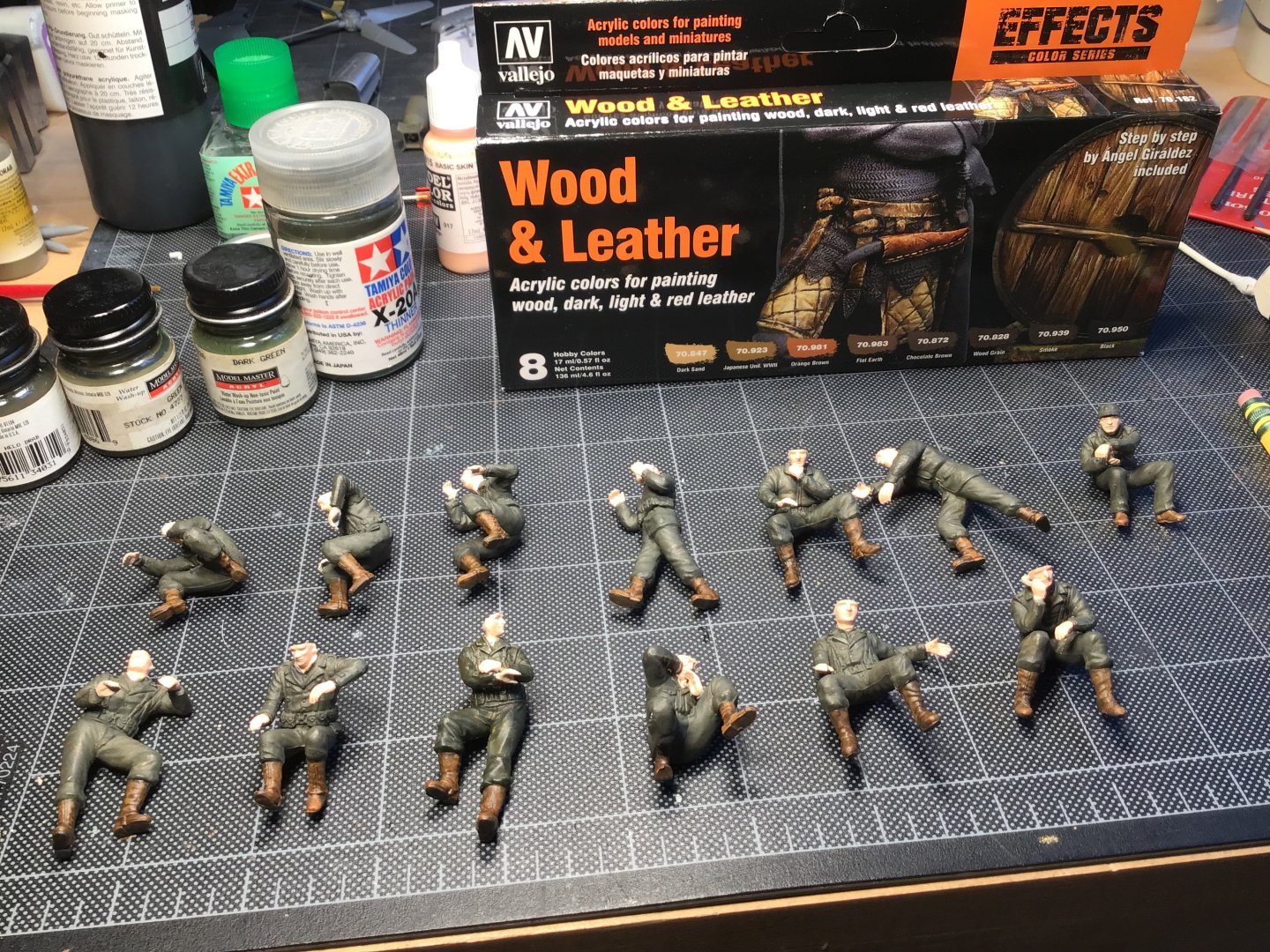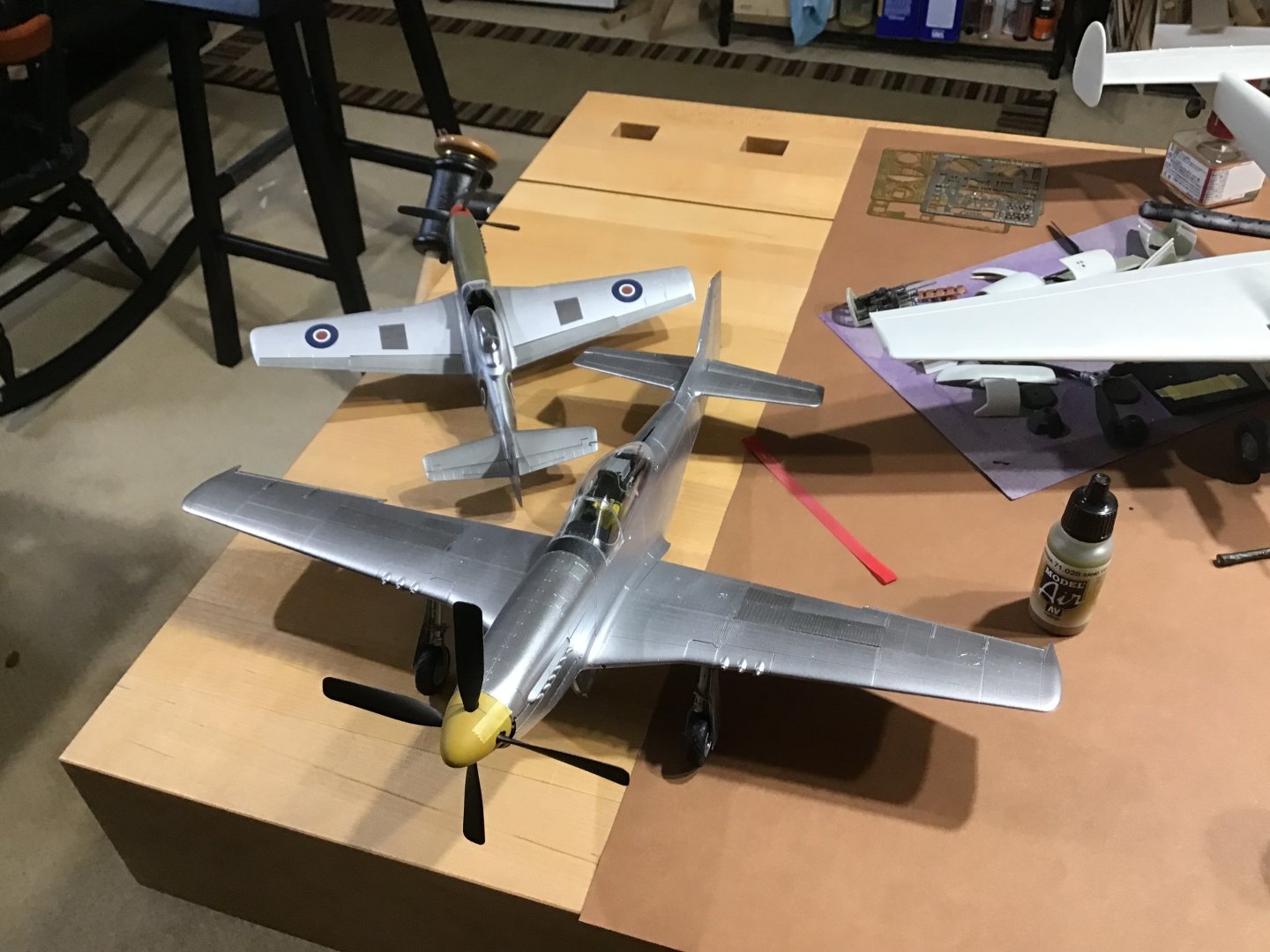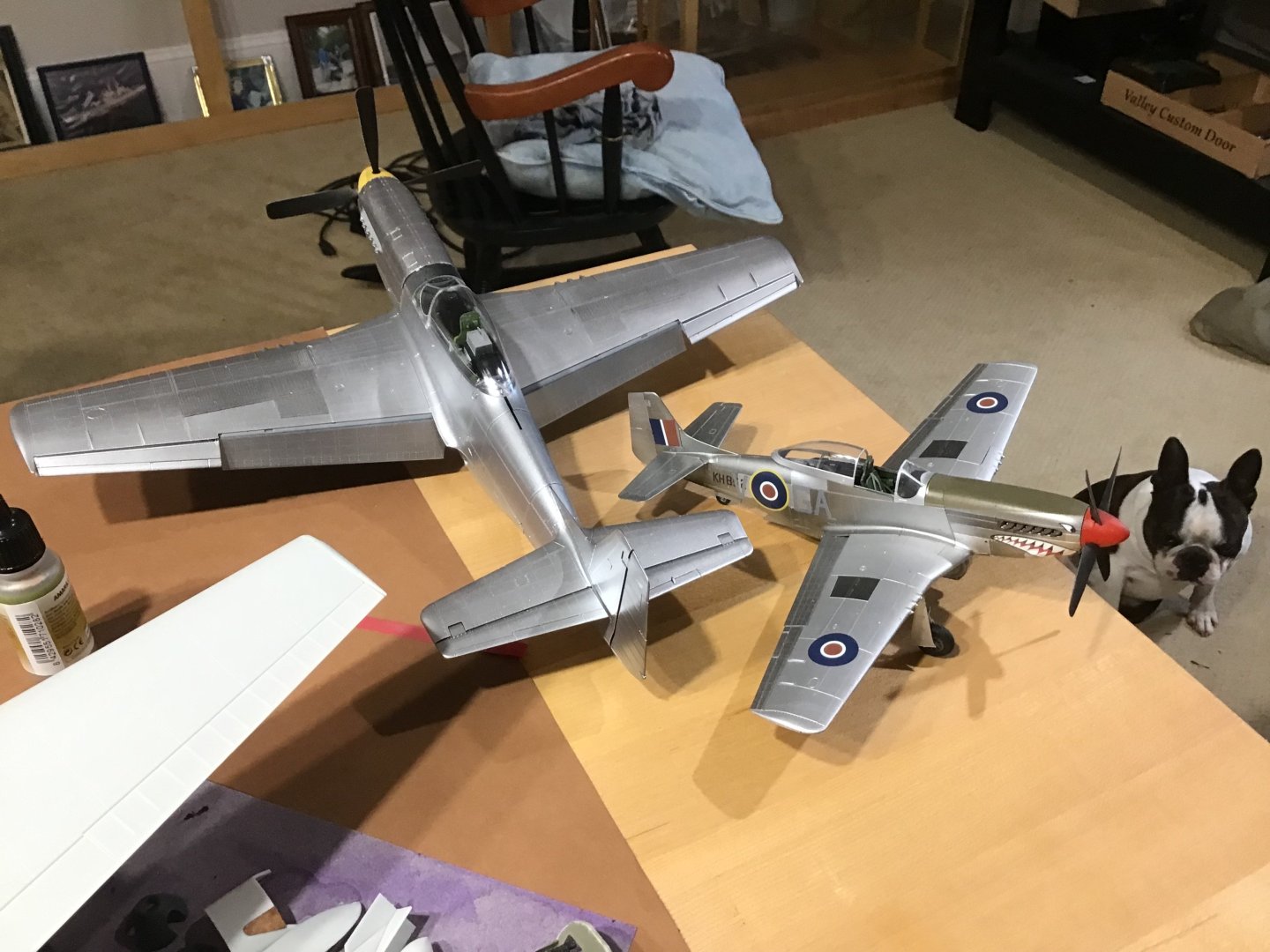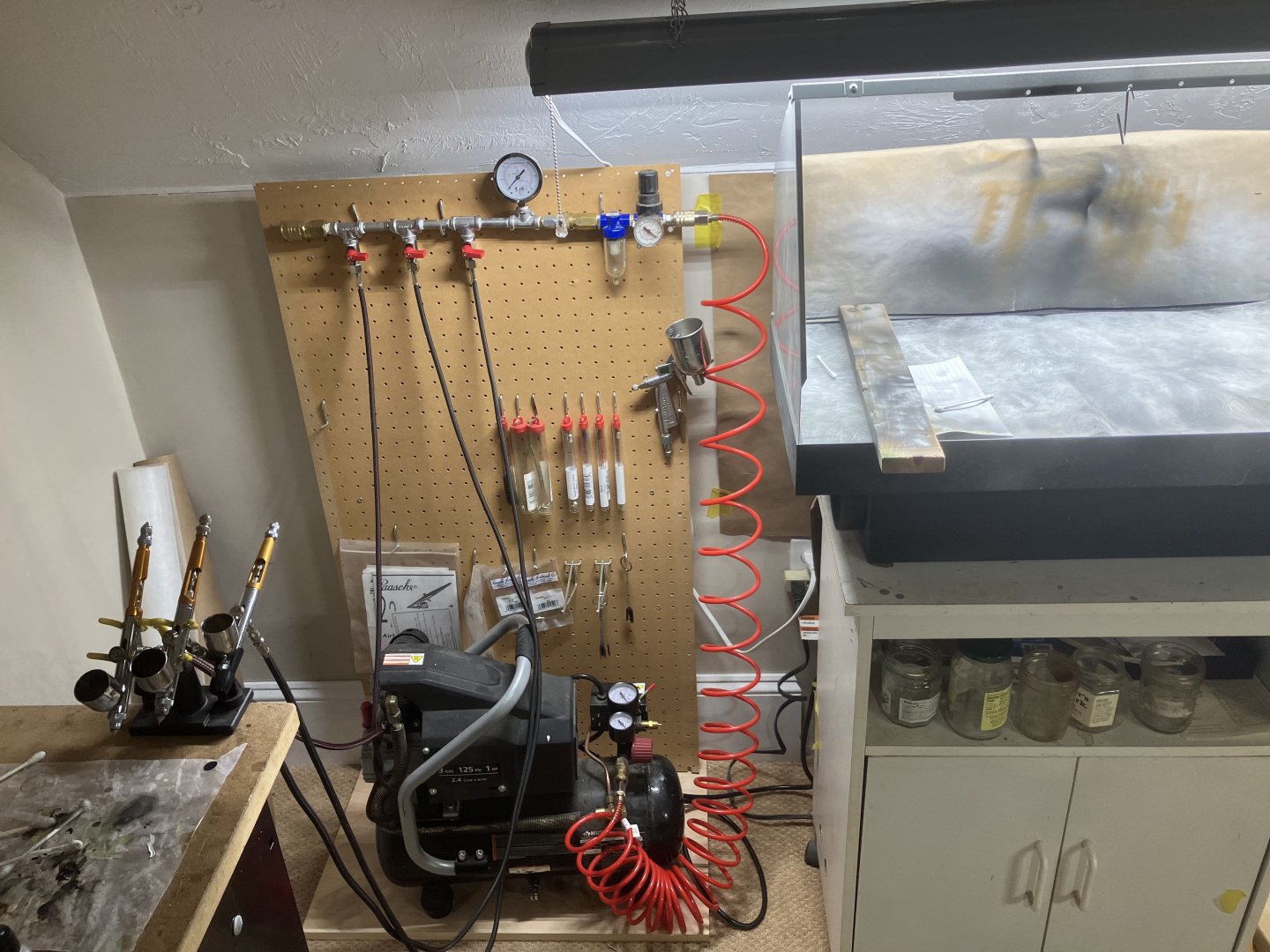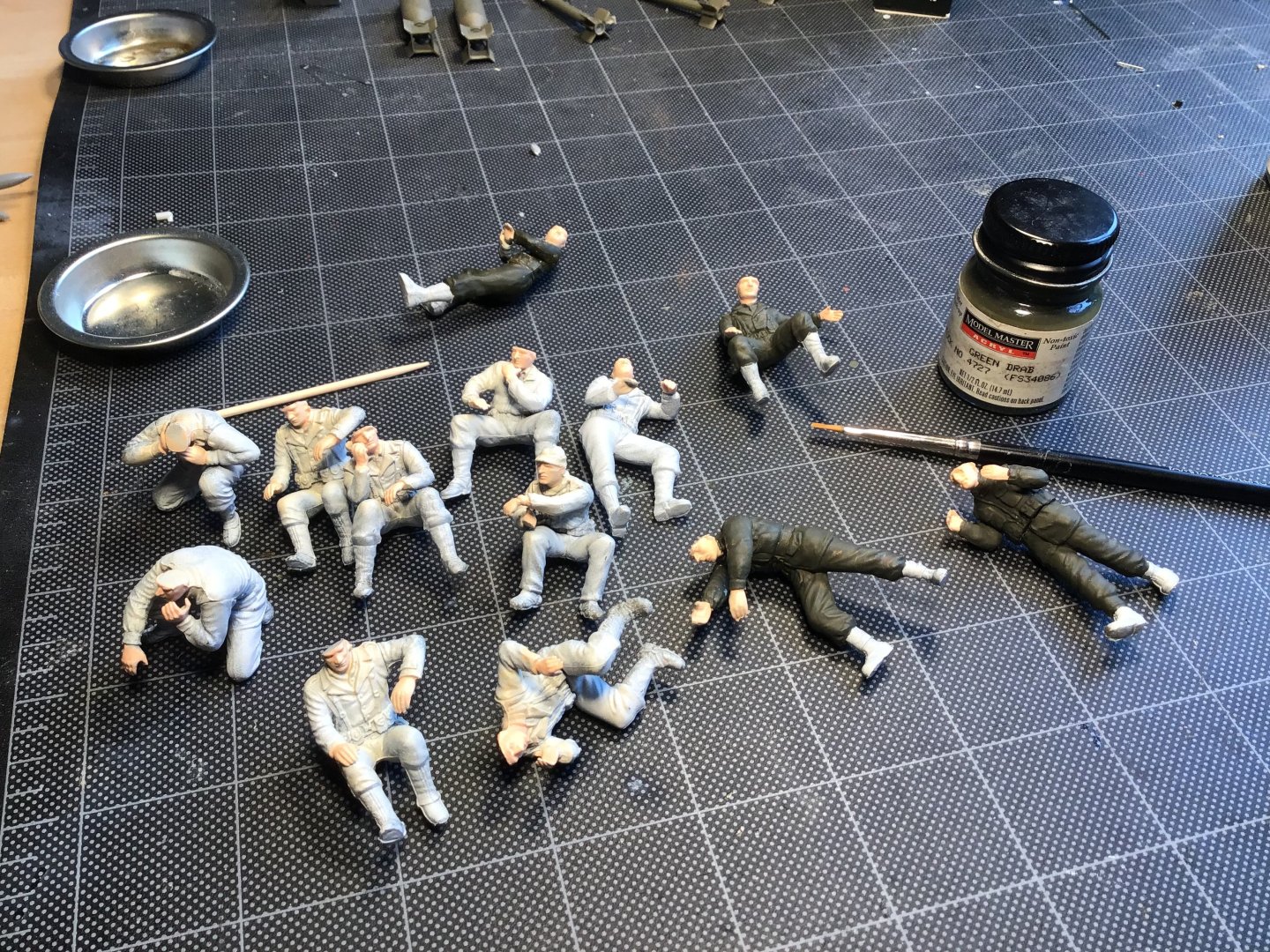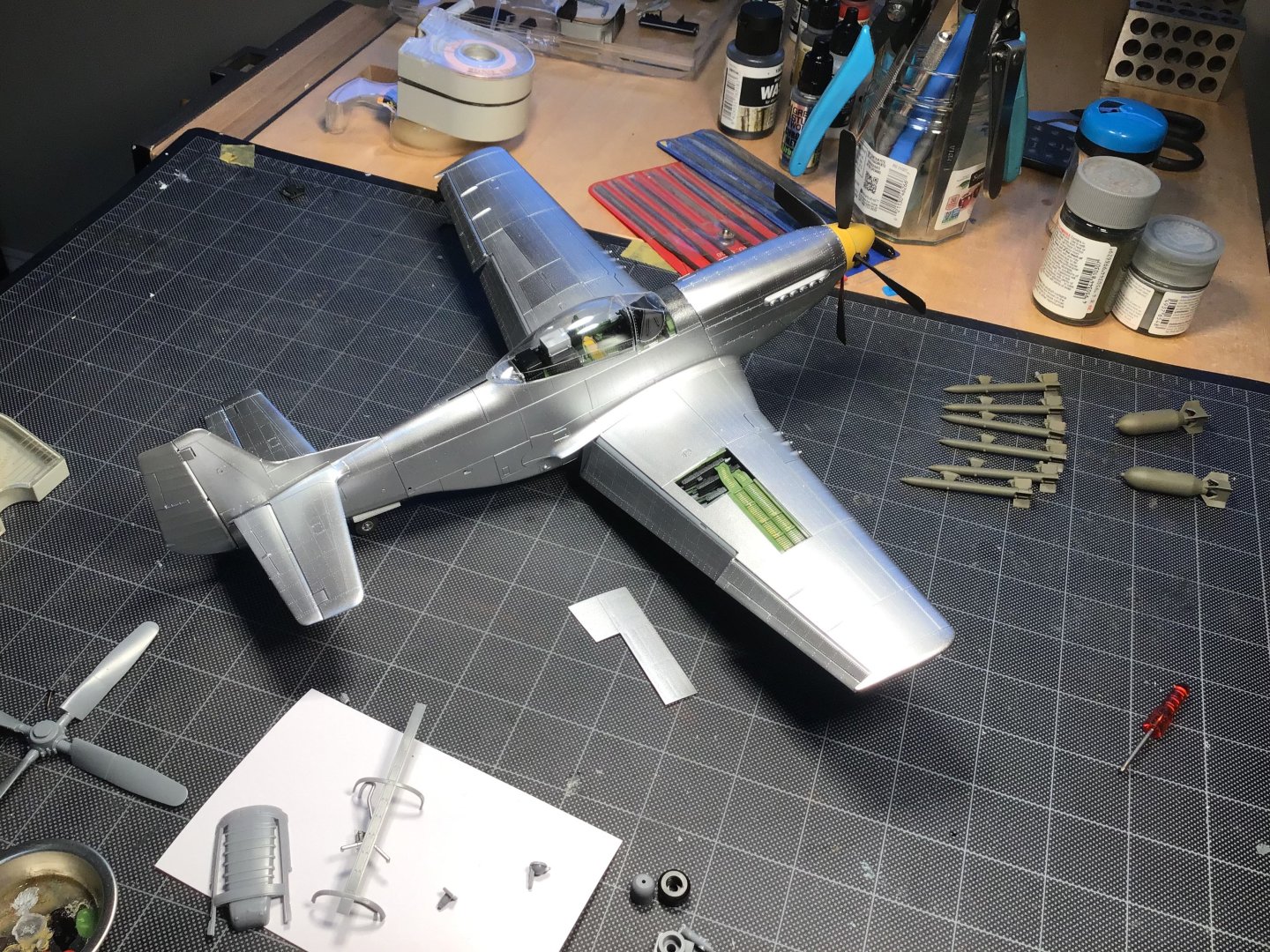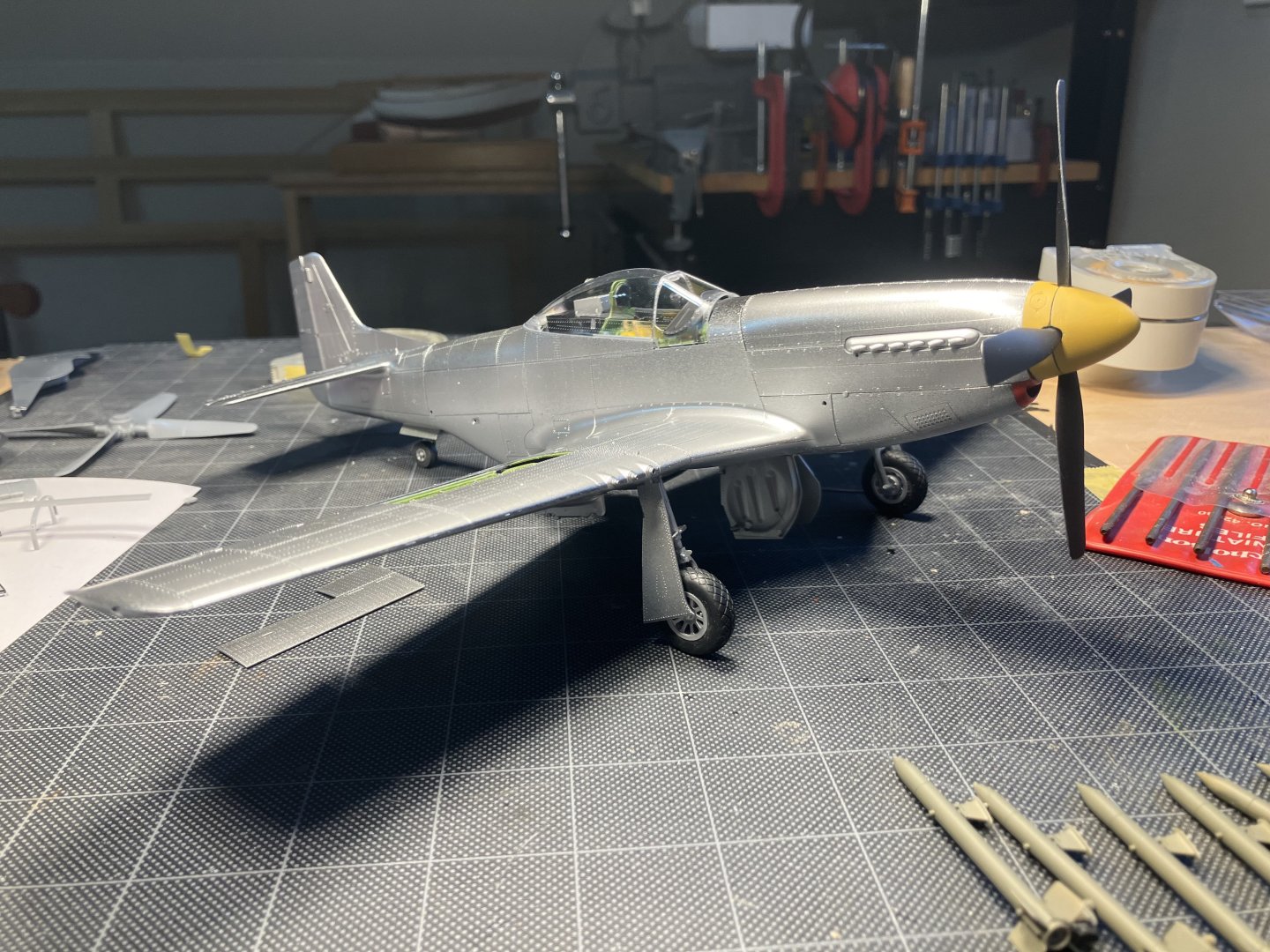-
Posts
747 -
Joined
-
Last visited
Content Type
Profiles
Forums
Gallery
Events
Everything posted by ERS Rich
-
Good morning! Welcome, happy to have you aboard. Good luck with your projects. -Rich
-
Rare! For Sale: Bluejacket USS Maine and USS Olympia. Offered here first, so act now to own one of these rare museum quality beauties. Cash and Carry. You must pickup the kits at my home in Whitinsville, Ma. These are limited edition numbered kits: Maine 88 of 100, Olympia 15 of 200. Kits are in original boxes - with some shelf wear. They have never been “unboxed” and parts are in original wrapping. USS Maine extra features: photo CD, many issues of Ships in Scale with articles about the Maine, turned brass gun barrels, and many pages from the original build forum. Features: large solid hull, multimedia components: wood, brass, resin, Britannia, plans, illustrated easy to follow instruction booklet. See my Maine build log to see how I built and cased the model. New condition, original wrapping, never unboxed Brass Nameplate with limited edition numbering Pricing: These kits, which occasionally appear on the market, can sell for over $1,000. USS Olympia: $825 USS Maine: $825 Questions? Need more information? Please send a message.
-
Have fun!
-
Howdy!
-
Not following, To me edge bending is force to push a plank against its neighbor. A plank shaped perfectly, will curve and lay flat on the frame, and fit against its neighbor without gaps. If CA is used on the frames, the plank can be fixed to the frame with downward pressure and pressure towards its neighbor. Glue along the edge will adhere to the neighbor. There is a post in my Constitution build log about planking without clamps. Ok, say you work a plank for awhile, and it fits well, maybe a small gap between it and the neighbor plank, you could go ahead, install it, and use a clamp to close the gap. I’ve been impatient, and done this. The problem now is the just installed plank now has a curve, instead of a smooth line, along the free edge. Best to leave the gap and fill it in, or make a new plank.
-
Hi, Your hull looks nice. A couple of thoughts. Steam, from an electric kettle, can be used to quickly bend dry planks. A lot of edge bending? Check plank widths and tapering. Planks are happiest when they just need to bend to lay on the frame, without being force pushed into its neighbor. Good luck -Rich
-

M3 Halftrack by ERS Rich - Tamiya - PLASTIC
ERS Rich replied to ERS Rich's topic in Non-ship/categorised builds
Here are some faces. They look half decent from a foot away, not happy with the outcome and the method: airbrush base color, brush on Vallejo Matte Resin, black wash, remove with Q-Tip, Toothpick (wood and flexible). I tried airbrushing Model Color and it clumped on some of the faces. And the black wash was to dark, to me the faces look like guys who are grimy auto mechanics. Next time will try a brown wash. And the resin prevents adding shading color. On the plus side, built up the acrylic brushing skills - a touch of thinner before loading the brush with color helps. The men are going into the box, not worth the time. -

F-51D Mustang by ERS Rich - Tamiya - 1/32 - PLASTIC
ERS Rich replied to ERS Rich's topic in Non-ship/categorised builds
Olive drab and yellow markings finished. Canopy cleaned to remove tape residue with Novus #1 Plastic Clean and Shine. -
Welcome aboard! Before building a first rate, go through building a ship with one or two masts, small number of canon, less rigging, etc. This way you will gain experience, and decide how you will tackle these jobs, in your shop. Good luck with your projects!
-

M3 Halftrack by ERS Rich - Tamiya - PLASTIC
ERS Rich replied to ERS Rich's topic in Non-ship/categorised builds
Uniforms finished. Standard techniques in all the books, selected 3 colors: shadow Model Master Acrylic US Helo Drab, base MMA Green Drab, highlight MMA Dark Green; then wash with diluted base color to blend and knock down the contrast between shades. Leather is Polly-O water base Box Car Red 204281. -

M3 Halftrack by ERS Rich - Tamiya - PLASTIC
ERS Rich replied to ERS Rich's topic in Non-ship/categorised builds
Onward with the men. Brushed out uniforms with Model Master acrylic Green Drab, then another coat of Model Color Basic Skin Tone 70.815, and finally the boots using the Wood and Leather kit (good instructions show how). Boot base coat Chocolate Brown 7.872, highlight with Flat Earth 70.983, then a wash with Smoke 70.939. Next is shading and highlighting the uniforms. -
Howdy, and welcome to Model Ship World. Agree, checkout Tom Laurie videos on YouTube. Thank you.
-

F-51D Mustang by ERS Rich - Tamiya - 1/32 - PLASTIC
ERS Rich replied to ERS Rich's topic in Non-ship/categorised builds
Thanks, much appreciated… -

F-51D Mustang by ERS Rich - Tamiya - 1/32 - PLASTIC
ERS Rich replied to ERS Rich's topic in Non-ship/categorised builds
A shot of the 1/48 Mustang, by Eduard, used as a test for the finishing process, with its 1/32 brother. The 1/48 model has a different shade of aluminum on the main wing flaps, and the wing gun access doors (darker than I wanted, but too lazy to mask and repaint). The 1/32 still has just the aluminum base color and just the light angle provides shading on the wing flaps. The wing gun covers were painted separately, seems like less paint here, black primer underneath darkens the aluminum. -

F-51D Mustang by ERS Rich - Tamiya - 1/32 - PLASTIC
ERS Rich replied to ERS Rich's topic in Non-ship/categorised builds
No problem, all discussion is welcome. Here is a picture of my setup. Go with 20 psi on the manifold gauge, certainly drops at the tip. Have 3 Talons, #1, #2, and #3 tip, each with a red cutout valve on the manifold. This paint has been good to me so far. -

M3 Halftrack by ERS Rich - Tamiya - PLASTIC
ERS Rich replied to ERS Rich's topic in Non-ship/categorised builds
Working on finishing the men. Primer coat, airbrushed faces and hands, and now brushing out the uniforms and boots. Plan is to then seal the figure, and finish the faces and hands. -

F-51D Mustang by ERS Rich - Tamiya - 1/32 - PLASTIC
ERS Rich replied to ERS Rich's topic in Non-ship/categorised builds
Yes, gloss black is important. Primer applied with an Iwata RG-3 mini spray gun @30 psi. Aluminum applied with Passche Talon #3 tip, @20 psi. Paint straight from bottle, no thinner, or flow improver. As you go along the surface, start with mist stroke, tip farther away from surface, then quickly closer to make the surface wet, so as you go along say the wing, the edge between the primer and paint is wet. -

F-51D Mustang by ERS Rich - Tamiya - 1/32 - PLASTIC
ERS Rich replied to ERS Rich's topic in Non-ship/categorised builds
Thanks, Vallejo paint is very forgiving. Had a problem with airbrush cap fouling and paint splattering midway through the job - boosted the air pressure and kept going for a wet coat, the paint levels nicely. Letting the model sit for a few days before next steps. Plus waiting on Eduard canopy masks - out of stock at Sprue Brothers. -

F-51D Mustang by ERS Rich - Tamiya - 1/32 - PLASTIC
ERS Rich replied to ERS Rich's topic in Non-ship/categorised builds
Yes, the next step is sealing it, then follow with your favorite techniques. -

F-51D Mustang by ERS Rich - Tamiya - 1/32 - PLASTIC
ERS Rich replied to ERS Rich's topic in Non-ship/categorised builds
Main color coat applied: Vallejo Metal Color Aluminum, 77.701. The finish is very bright, almost chrome. Expect the bright finish to diminish after the Metal Gloss Varnish - 77.657 is applied. Next will apply various shades of aluminum to individual panels. The anti glare area forward of the canopy will be Olive Drab.
About us
Modelshipworld - Advancing Ship Modeling through Research
SSL Secured
Your security is important for us so this Website is SSL-Secured
NRG Mailing Address
Nautical Research Guild
237 South Lincoln Street
Westmont IL, 60559-1917
Model Ship World ® and the MSW logo are Registered Trademarks, and belong to the Nautical Research Guild (United States Patent and Trademark Office: No. 6,929,264 & No. 6,929,274, registered Dec. 20, 2022)
Helpful Links
About the NRG
If you enjoy building ship models that are historically accurate as well as beautiful, then The Nautical Research Guild (NRG) is just right for you.
The Guild is a non-profit educational organization whose mission is to “Advance Ship Modeling Through Research”. We provide support to our members in their efforts to raise the quality of their model ships.
The Nautical Research Guild has published our world-renowned quarterly magazine, The Nautical Research Journal, since 1955. The pages of the Journal are full of articles by accomplished ship modelers who show you how they create those exquisite details on their models, and by maritime historians who show you the correct details to build. The Journal is available in both print and digital editions. Go to the NRG web site (www.thenrg.org) to download a complimentary digital copy of the Journal. The NRG also publishes plan sets, books and compilations of back issues of the Journal and the former Ships in Scale and Model Ship Builder magazines.

